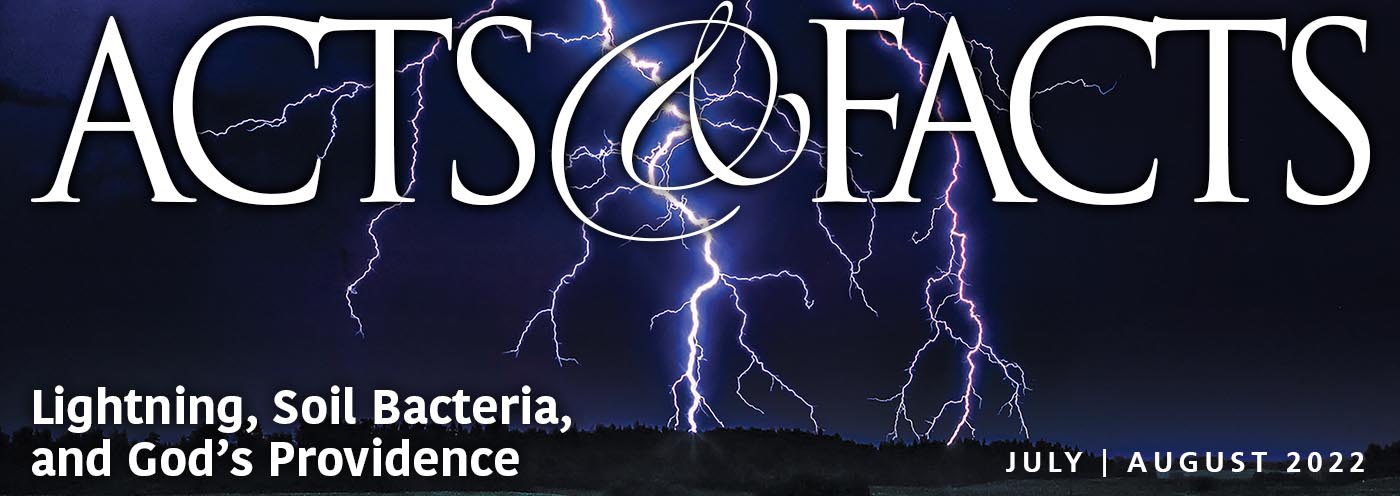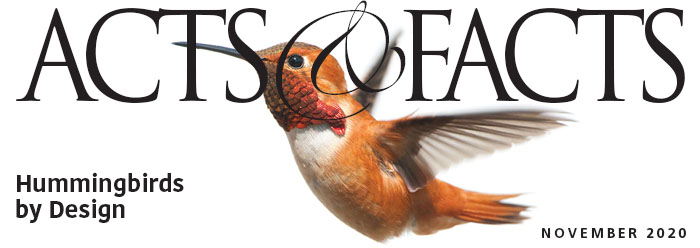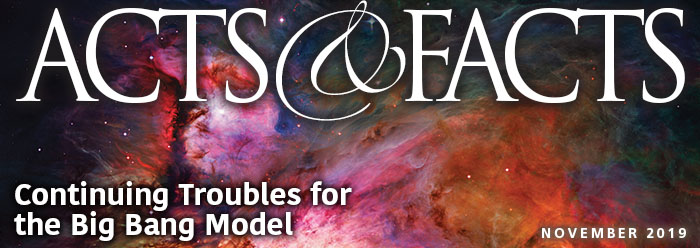In last month's column, the Institute for Creation Research life sciences team explained the first of several key research questions in origins biology--the nature and meaning of taxonomy. This month we discuss the question of the extent and limits of common ancestry.
What is the origin of the species that are alive on earth today? The hypothesis of evolution claims that all life descended from one common ancestor (or a few) over the past three to four billion years. In contrast, Scripture clearly teaches the supernatural creation of distinct creatures in six days roughly 6,000 years ago. How do we distinguish scientifically between these two models?
Before you answer, remember that the scriptural model also implies common ancestry--but a limited common ancestry. Clearly, Genesis teaches that all humans alive today are descended from Adam and Eve, and that humans do not share ancestry with apes. But what about animals and plants? How do we know which species share parentage and which ones have distinct Genesis 1 ancestors?
Determining ancestry in the plant and animal realm hinges largely on one critical term, min, the Hebrew word that is usually translated "kind" in the English Bible. If you've followed creationist writings for a while, you have probably come across the phrase "reproduce after their kinds," a term used to describe the view that kinds are reproductively isolated from one another. However, some have questioned the connection between reproductive compatibility and the word "kind" and have suggested that kind denotes a set of morphological traits, such as anatomical features or physiology. One scientist has even postulated that kind refers to some sort of archetypal pattern God used to construct creatures during the creation week. Which is it? Does kind refer to reproductive compatibility, archetype, or morphology? Might it refer to a fourth set of yet undetermined criteria?
Understanding the precise meaning of kind has enormous practical implications for creationist biology. If kind refers to archetype, discerning common ancestry suddenly becomes exceedingly difficult. How can we know what the archetype was in Genesis 1 from which modern creatures derived their traits? Conversely, if morphology is the meaning of kind, creationist classification becomes slightly easier but also somewhat imprecise--how do you quantify morphological traits reliably? Finally, if kind refers to reproductive compatibility, a simple cross should effectively delineate creatures of distinct genealogies. Hence, elucidating the meaning of the Hebrew term is critical to knowing how to apply the scriptural concept of limited common ancestry to modern biology.
The ICR life sciences team is currently engaged in a study of the word min to find the answers to these critical questions. Together, our studies of the precise scriptural implications for common ancestry, as well as our studies of the nature and meaning of taxonomy (see last month's column), should serve a dual purpose: Identify the scientific holes in the evolutionary model and buttress the creation explanation for biology. Expect the results to be fruitful. There is one right answer to the question of the origin of the species, and the Bible gives us the accurate foundation from which to search for truth.
While the word "kind" is probably the most critical scriptural term in the arena of origins biology, it is not the only relevant scriptural concept to the nature, speed, and limits of biological change. See next month's column for more on how much change is permissible in light of Genesis 1-11!
* Dr. Jeanson is Research Associate and received his Ph.D. in Cell and Developmental Biology from Harvard University.
Cite this article: Jeanson, N. 2010. Common Ancestry and the Bible--Discerning Where to Draw the Line. Acts & Facts. 39 (6): 6.











